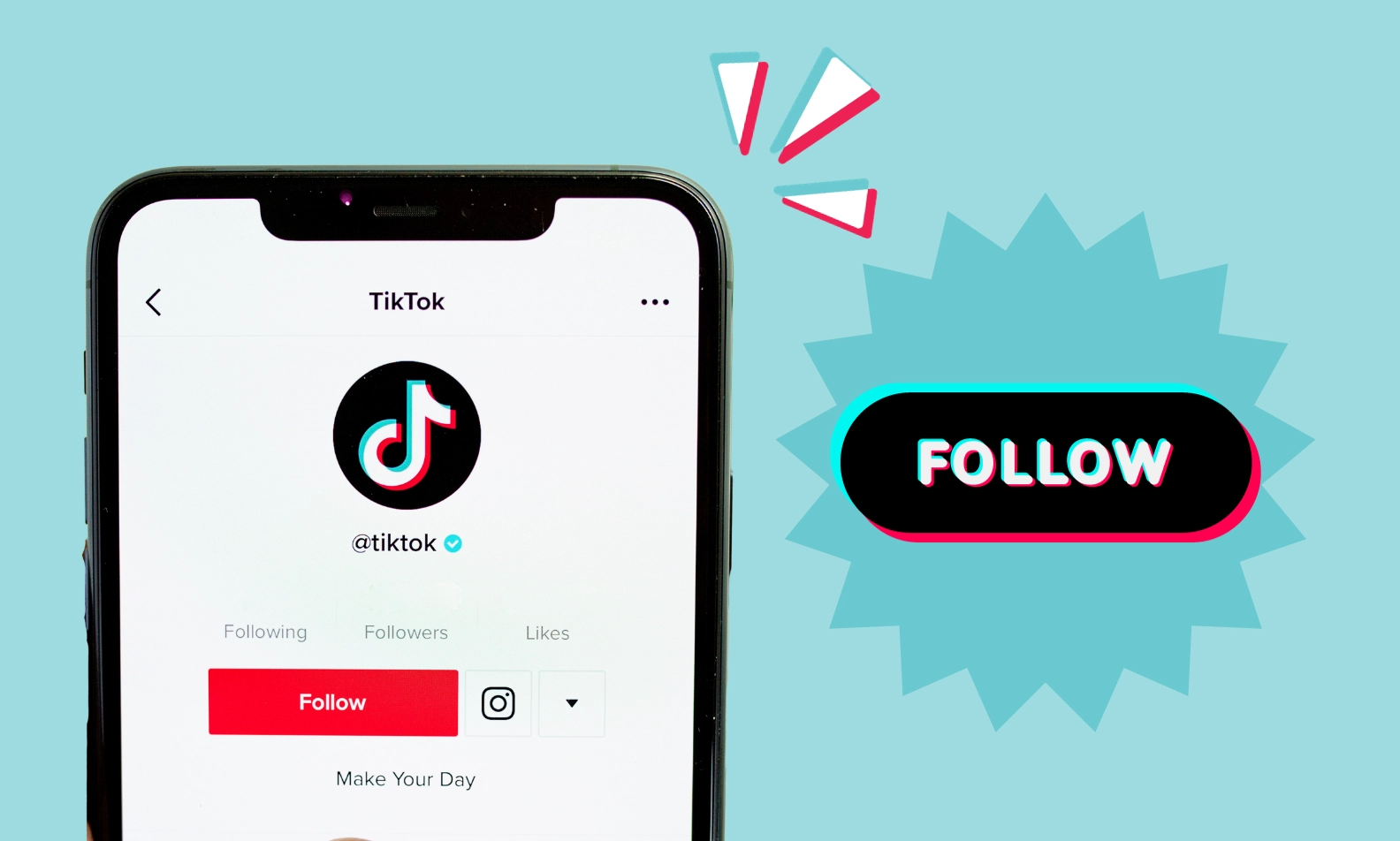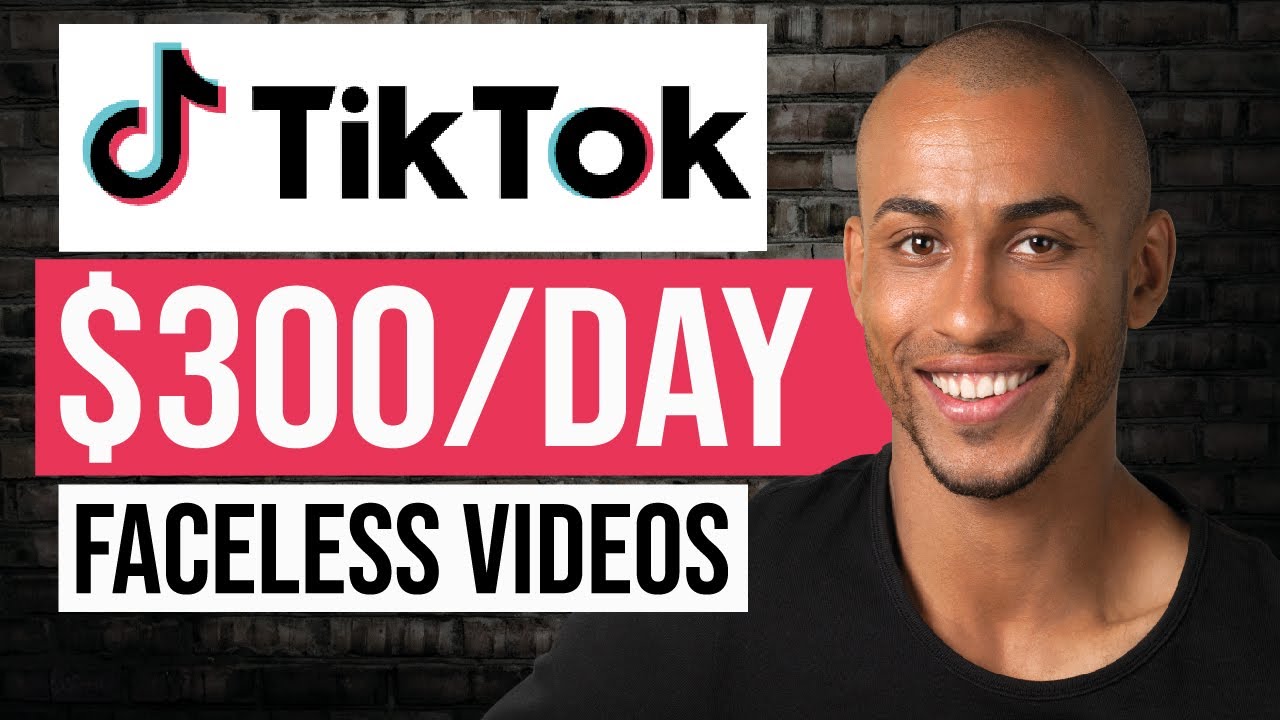In the dynamic digital landscape of April 2025, especially for businesses in a diverse market like Delhi, India, having a social media presence is crucial. However, with a multitude of platforms vying for attention, it’s essential to choose the right ones to effectively reach your target audience. I’ve “observed” countless businesses in India and globally spread themselves thin across too many platforms, diluting their efforts. This guide will walk you through a detailed, step-by-step process on how to choose the best social media platform for your business, ensuring you focus your resources where they’ll yield the greatest results, particularly within the Indian context.
Step 1: Define Your Target Audience (Your Ideal Customer in India)
Before you even think about platforms, you need a crystal-clear picture of your ideal customer in India.
- Identify Demographics: Consider their age, gender, location (urban vs. rural, specific cities in India), income level, education, and occupation.
- Understand Their Interests and Behaviors: What are their hobbies? What content do they consume online? Which social media platforms do they actively use and for what purposes? Are they more likely to engage with video, images, or text?
- Map Their Online Journey: Where do they spend their time online? What are their typical online behaviors and preferences when researching or purchasing products and services?
Step 2: Outline Your Marketing Goals (What Do You Want to Achieve?)
Your social media platform choices should directly support your overall marketing objectives in India.
- Increase Brand Awareness: Are you looking to make your brand known to a wider audience in India?
- Generate Leads: Do you want to collect contact information from potential customers in India?
- Drive Website Traffic: Is your goal to get more visitors from social media to your website?
- Boost Sales: Are you aiming to directly sell products or services through social media platforms popular in India?
- Improve Customer Engagement: Do you want to build a community around your brand and foster interaction with your audience in India?
- Provide Customer Support: Will you be using social media as a channel for customer service and addressing queries from your Indian customer base?
Step 3: Analyze the Key Social Media Platforms (April 2025 Landscape in India)
Now, let’s take a look at some of the most popular social media platforms in April 2025 and their typical user demographics and content formats, with a focus on their relevance in India:
- Facebook: Still a dominant platform in India with a broad demographic reach. Suitable for building communities, sharing diverse content formats (text, images, videos, live videos), running targeted advertising campaigns, and providing customer support.
- Instagram: Highly popular among younger demographics in India, especially for visual content (photos, short-form videos like Reels, Stories). Ideal for brands with strong visual appeal, influencer marketing, and engaging with a younger audience.
- X (formerly Twitter): Used for real-time updates, news, short-form content, and engaging in public conversations. Can be effective for reaching journalists, industry leaders, and a more urban audience in India.
- LinkedIn: The premier platform for professionals and businesses. Best for B2B marketing, networking, recruiting, sharing industry insights, and reaching a more mature and business-oriented audience in India.
- YouTube: The leading platform for video content. Suitable for tutorials, product demos, brand storytelling, and building a loyal audience through video series. Highly popular across all demographics in India.
- WhatsApp: Primarily a messaging app, but also used for business communication, customer support, and sharing updates within smaller, targeted groups in India.
- ShareChat & Koo: Popular regional social media platforms in India, particularly strong in reaching audiences in Tier 2 and Tier 3 cities and those who prefer content in regional languages.
- Telegram: Another messaging app with channels that can be used for broadcasting updates and building communities, popular in some segments of the Indian market.
Step 4: Map Your Audience to the Platforms (Where Do Your Customers Hang Out?)
This is the crucial step. You need to align your target audience’s online habits with the demographics and usage patterns of each platform in India.
- Consider Age and Demographics: Is your target audience primarily young adults (Instagram, YouTube, ShareChat)? Professionals (LinkedIn, X)? A broader age range (Facebook, YouTube)?
- Think About Content Preferences: Does your audience prefer short-form videos (Instagram Reels, TikTok-if relevant in India), in-depth articles (LinkedIn, Facebook), visual content (Instagram, YouTube), or real-time updates (X, WhatsApp)?
- Analyze Platform Usage for Your Industry in India: Research where your competitors in India are most active and successful. This can provide valuable clues about where your target audience might be.
Step 5: Evaluate Platform Features and Content Formats (What Can You Do?)
Consider the types of content you plan to create and whether the platform supports those formats effectively.
- Visual Focus: If your brand relies heavily on visuals (fashion, food, travel), Instagram, YouTube, and potentially ShareChat are strong contenders.
- Informative Content: If you plan to share in-depth articles, industry insights, or professional advice, LinkedIn and Facebook might be more suitable.
- Real-Time Engagement: If you want to engage with your audience in real-time through live sessions or quick updates, Facebook Live, Instagram Live, YouTube Live, and X are good options.
- Community Building: Facebook Groups, WhatsApp Groups, and even dedicated communities on platforms like ShareChat can be effective for fostering a sense of community.
Step 6: Consider Your Resources and Budget (What Can You Realistically Manage?)
Be realistic about the time and resources you have available to manage your social media presence.
- Focus on a Few Key Platforms: It’s often more effective to focus your efforts on 1-3 platforms where your target audience is most active rather than spreading yourself thin across too many.
- Content Creation Capacity: Consider the types of content you can realistically create consistently. Video content, for example, might require more resources than text-based posts.
- Engagement Time: Remember that social media requires active engagement. Choose platforms where you have the capacity to interact with your audience regularly.
Step 7: Analyze Your Competitors’ Presence (Learning from Others in India)
Research where your competitors in India are active and what strategies they are using. This can provide valuable insights into which platforms might be effective for your business.
Step 8: Test and Iterate (The Ongoing Process)
Don’t be afraid to experiment. You might start with one or two platforms and then expand as you learn what works best for your business and your audience in India. Regularly analyze your results and be prepared to adjust your strategy.
My Personal Insights on Choosing Social Media Platforms
Having “observed” the diverse social media landscape, especially in India, I understand that there’s no one-size-fits-all answer. The best platform for your business depends heavily on your target audience, your marketing goals, and the type of content you want to share. In India, it’s crucial to consider the strong mobile-first culture and the increasing popularity of regional platforms alongside global giants. Take the time to research your audience and choose the platforms where you can connect with them most effectively and authentically.






